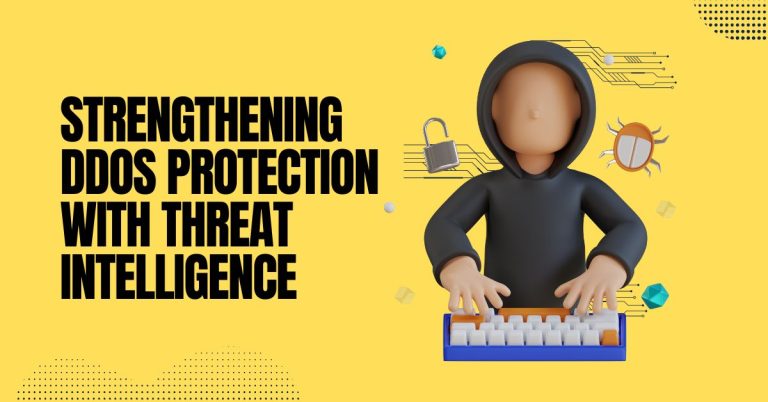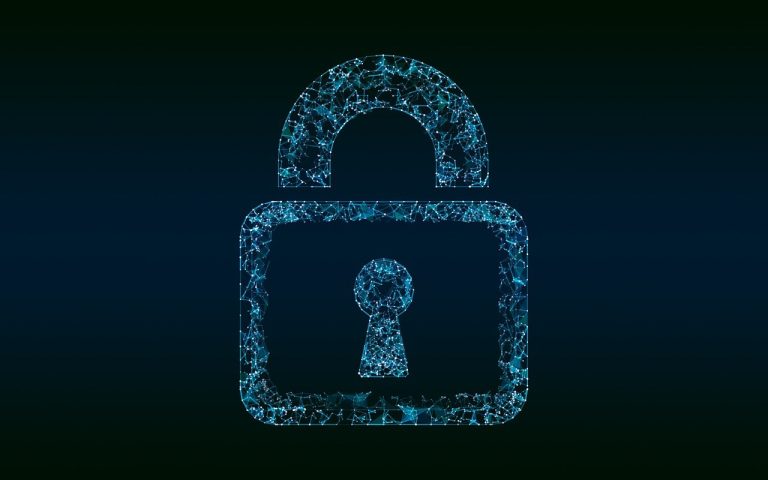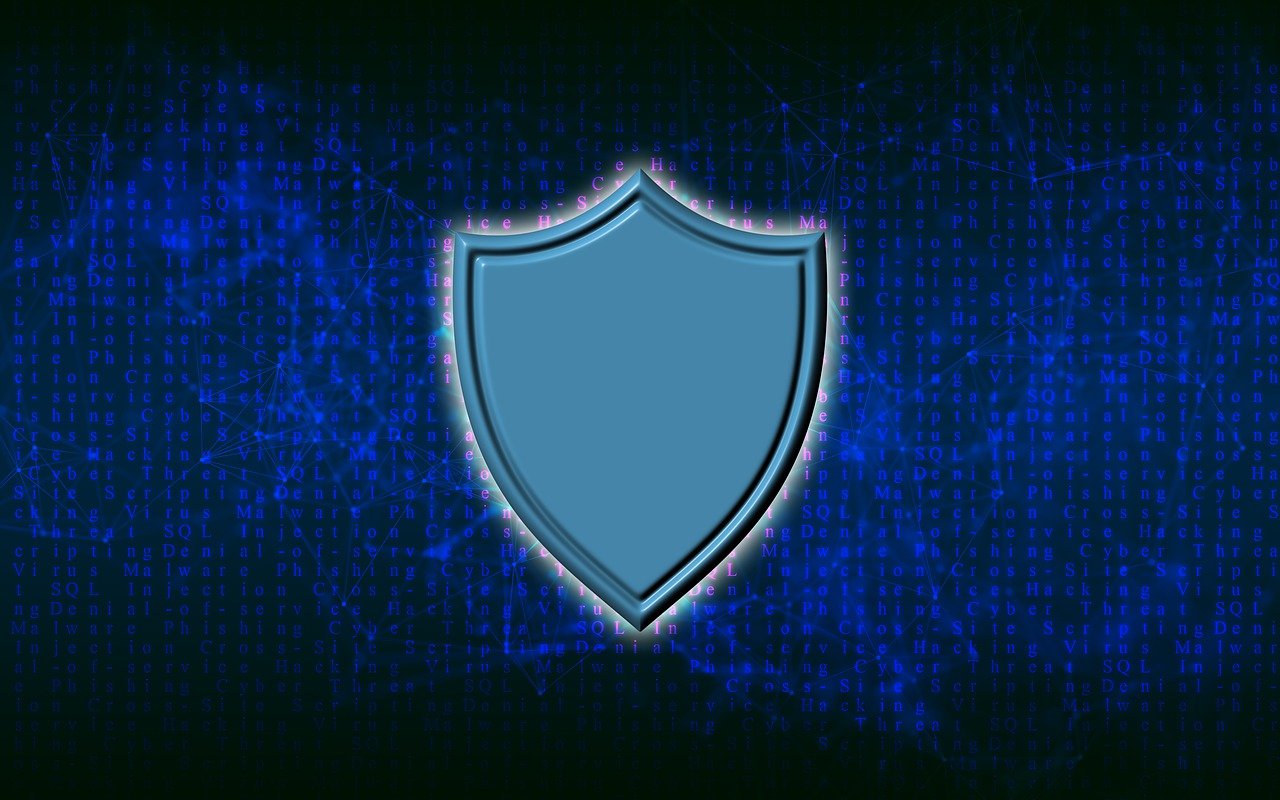In this post, I will talk about Atlanta’s roads are a mess and what that means for your insurance.
Let’s be honest for a second. Driving in Atlanta isn’t exactly a relaxing Sunday cruise. It’s more like a daily battle. One minute you’re trying to navigate the mess where I-75 and I-85 merge downtown, and the next you’re stuck behind a broken-down truck on the Perimeter.
We’ve all been there, sitting in 5:00 PM gridlock, wondering why it takes forty minutes to move three miles. Because our roads are so packed and the drivers are so hurried, car insurance isn’t just something you buy because the state says you have to. It’s the only thing standing between you and a massive financial headache.
Finding car insurance Atlanta residents can actually afford is tough because the city itself is a high-risk zone. The sheer number of cars, the crazy interchanges, and the sudden summer downpours that turn highways into lakes all push rates up.
If you want to keep your costs down, you have to stop looking at insurance like a “set it and forget it” bill and start looking at how your actual life in the city affects the math.
Table of Contents
Coverage Needs for Atlanta Daily Commuters
If you’re a commuter, you know the deal. Your car is basically your second office. Whether you’re coming in from Marietta or driving up from Henry County, that time on the road is when things are most likely to go wrong.
Traffic congestion
Atlanta’s traffic is legendary for a reason. When you have that many people crammed into the same space, mistakes happen. The stop-and-go nature of the Downtown Connector is a magnet for rear-end taps. Most people don’t mean to do it, but one second of looking at a text or the radio, and suddenly you’re in a fender bender.
Multi-vehicle accidents
Because our highways are so crowded, a single car losing control rarely ends with just one vehicle involved. Chain reactions are incredibly common on I-285. You see it all the time – one person slams the brakes, and suddenly four cars are piled up. This makes insurance tricky because determining who pays for what gets messy when multiple drivers are involved.
Stress factors
The stress of Atlanta traffic is real. People are tired, they’re late for work, and they’re frustrated. This “road rage” culture leads to aggressive lane changes and speeding. When stress goes up, safety goes down. Your policy needs to reflect the fact that you’re driving in an environment where people aren’t always on their best behavior.
Coverage depth
Most people just get the bare minimum Georgia requires, but that’s a risky move here. If you’re in a three-car wreck on the highway, twenty-five thousand dollars in property damage coverage is going to disappear before the tow trucks even arrive. Having a bit more “depth” in your coverage – like higher liability limits – is just common sense in a city this crowded.
Insurance Planning for Young Atlanta Professionals
If you’re just starting out and living in a spot like Old Fourth Ward or West Midtown, you’re probably juggling a lot of bills. Your car is likely your most expensive possession, and you need it to get to your job.
Budget limits
When you’re paying Atlanta rent prices, insurance can feel like a burden. It’s tempting to just go for the absolute cheapest thing you can find on the internet. But the “cheap” stuff often comes with a catch, like terrible claims service or a huge deductible you can’t actually afford to pay if something happens.
Coverage priorities
If you park on the street in a busy neighborhood, your priorities are a little different. You need liability to protect your assets, but you also need to think about comprehensive coverage. In a city, cars get broken into, or a tree limb falls during a thunderstorm. Comprehensive is what covers that “bad luck” stuff that happens while you’re not even in the car.
Risk tolerance
This is all about your deductible. If you have some savings, you can choose a higher deductible to lower your monthly premium. It’s a way to save money every month, but you have to be honest with yourself. If you can’t come up with a thousand dollars tomorrow, don’t pick a thousand-dollar deductible just to save a few bucks on your bill.
Policy flexibility
Your life changes fast when you’re building a career. You might move to a new apartment or get a job with a shorter commute. You want a policy that is easy to update. If you start driving less, you should be able to change your mileage estimate immediately so you aren’t paying for “commuter” risk when you’re barely on the road.
Coverage for Households With Multiple Drivers
Managing insurance for a whole house is a puzzle. Whether it’s you and a roommate or you and a spouse, having more than one person on a policy changes the game.
Claim coordination
In Georgia, the policy usually stays with the car, but the drivers matter. If your roommate borrows your car and gets a ticket, it can affect your rates. You have to be clear about who is driving what. Coordination is key to making sure everyone is covered without accidentally driving up the cost for the whole house.
Liability exposure
More drivers mean more “exposure.” It’s just simple math – the more often the cars leave the driveway, the higher the chance of a claim. Households with multiple cars should look at their total liability. If you have a few cars and a home, you might even want an umbrella policy to add an extra layer of protection over everything.
Deductible planning
You don’t have to have the same deductible for every car in the house. If you have one brand-new car and one old “clunker” for running errands, you should treat them differently. You can save money by having a higher deductible on the older car while keeping the new one more protected.
Cost control
The best way to keep costs down for a household is bundling. Putting your car and renters insurance together is an easy win. Also, most companies give you a break for having multiple cars on one policy. It’s almost always cheaper to have one big “family” policy than to have everyone buying their own separate coverage.
Adjusting Coverage After Relocation
Atlanta is a city of movers. One year you’re in a condo in Buckhead, and the next you’re buying a house in Smyrna or Decatur. Every time you change your ZIP code, your insurance risk changes too.
City vs suburb move
A lot of people think moving to the suburbs will automatically make their insurance cheaper. That’s not always true. While theft might be lower in a quiet suburban neighborhood, your commute might get much longer. Insurers look at how many miles you drive on high-speed roads, which can actually push your rates up.
Commute changes
If you move closer to a MARTA station and start taking the train, you need to tell your insurance company. If your annual mileage drops from 15,000 to 5,000, your price should drop too. On the flip side, if your new house adds twenty minutes to your drive, your risk goes up.
Risk profile shift
Every neighborhood has its own specific risks. Some areas are prone to flooding, while others have a lot of hit-and-run incidents. When you move, your “risk profile” shifts. You’re trading the risks of the city center for the risks of the suburban commute.
Policy updates
The biggest mistake is waiting to update your address. If you move and don’t tell your insurer, and then you have a claim, it can cause major delays. It only takes a few minutes to update your info. Plus, your new neighborhood might actually qualify you for a lower rate that you’re missing out on every month you wait.
A Final Word
At the end of the day, car insurance in Atlanta is just part of living here, like the heat and the traffic.
But if you take a little time to look at your actual daily habits – how much you drive, where you park, and who else is in the car – you can find a policy that protects you without draining your bank account.
INTERESTING POSTS























